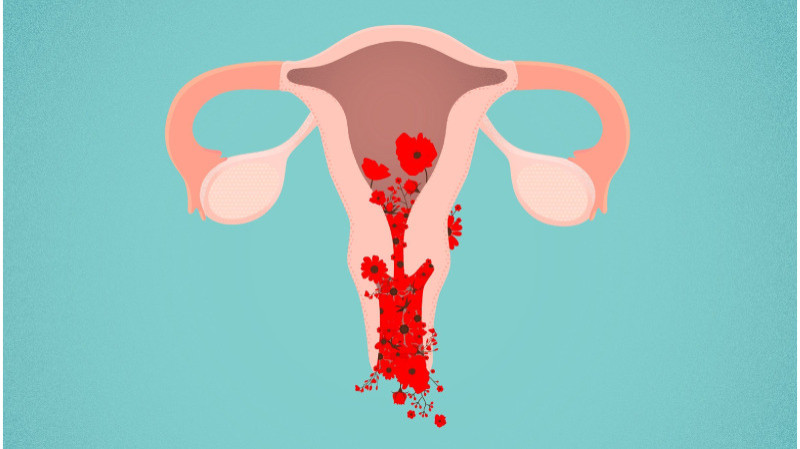When to Seek Help
If you experience abnormal bleeding, it’s important to consult a healthcare provider. Early diagnosis and treatment can help manage symptoms effectively and address any underlying conditions. Monitoring changes in your menstrual cycle and being proactive about your health are key to maintaining overall well-being.
By understanding the types and causes of uterine bleeding problems, you can take informed steps towards seeking the right treatment and improving your reproductive health.

